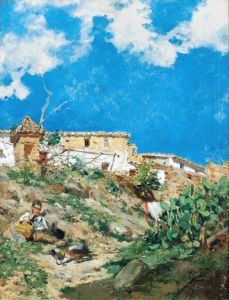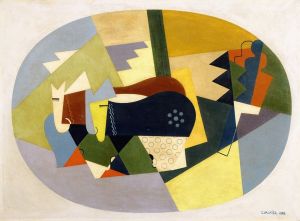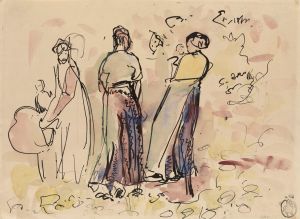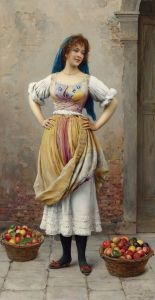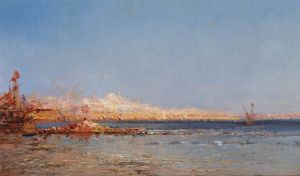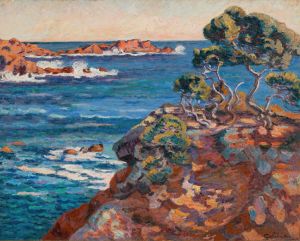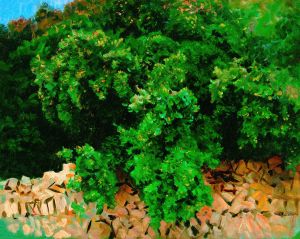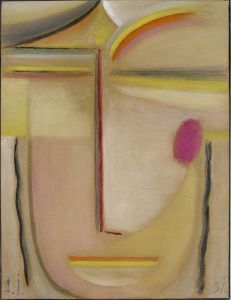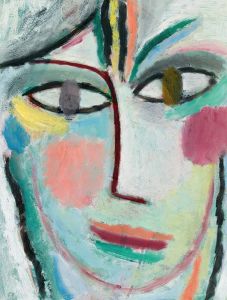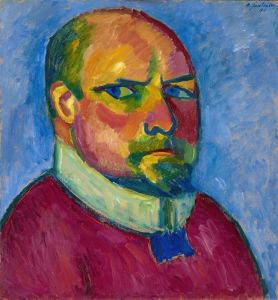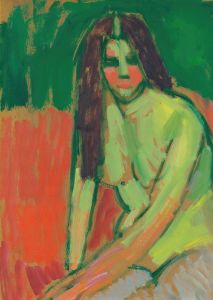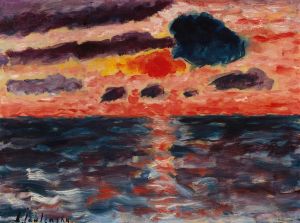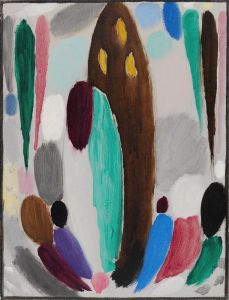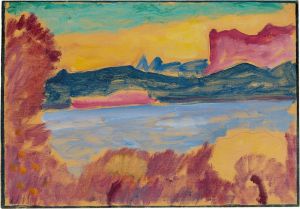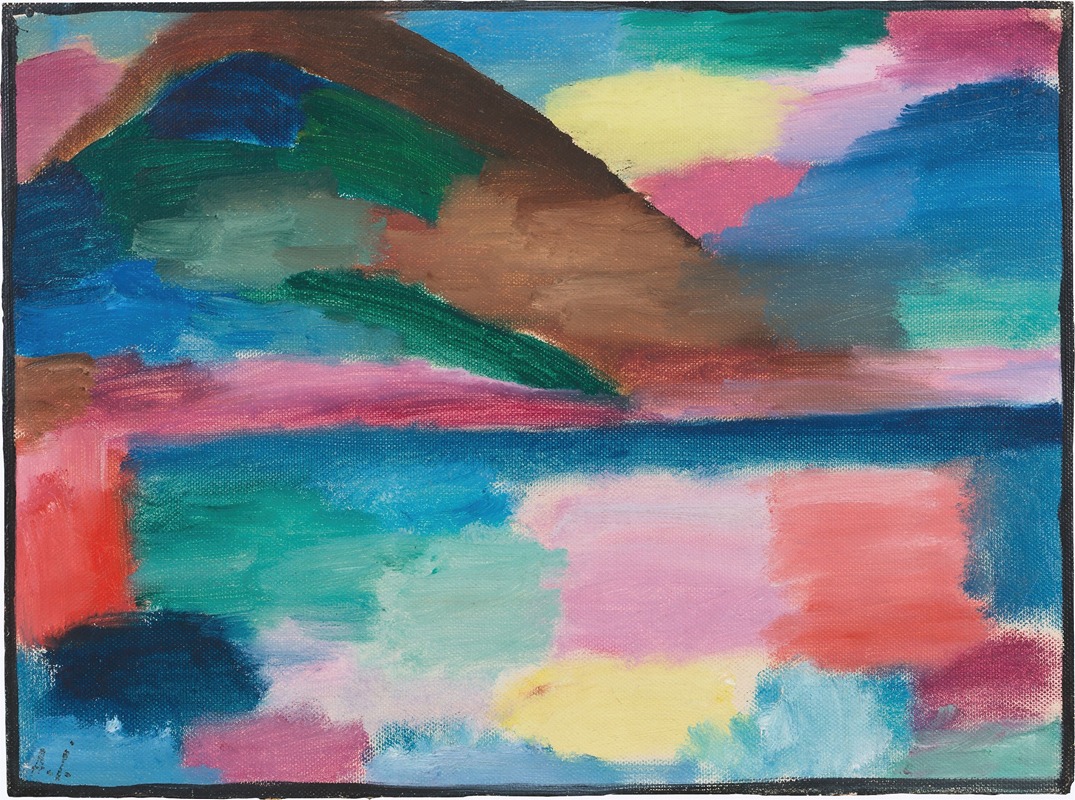
Sommertag in Ascona
A hand-painted replica of Alexej von Jawlensky’s masterpiece Sommertag in Ascona, meticulously crafted by professional artists to capture the true essence of the original. Each piece is created with museum-quality canvas and rare mineral pigments, carefully painted by experienced artists with delicate brushstrokes and rich, layered colors to perfectly recreate the texture of the original artwork. Unlike machine-printed reproductions, this hand-painted version brings the painting to life, infused with the artist’s emotions and skill in every stroke. Whether for personal collection or home decoration, it instantly elevates the artistic atmosphere of any space.
"Sommertag in Ascona" (Summer Day in Ascona) is a painting by the Russian-born artist Alexej von Jawlensky, who was a prominent figure in the early 20th-century expressionist movement. Jawlensky was born on March 13, 1864, in Torzhok, Russia, and later became a significant member of the avant-garde art community in Germany and Switzerland.
The painting "Sommertag in Ascona" was created during Jawlensky's time in Ascona, a picturesque town in the Swiss canton of Ticino. Ascona was known for its vibrant artist community and its beautiful landscapes, which provided inspiration for many artists of the time. Jawlensky moved to Ascona in the 1910s, seeking refuge from the turmoil of World War I and the Russian Revolution.
"Sommertag in Ascona" is characterized by its vivid use of color and bold brushstrokes, hallmarks of Jawlensky's expressionist style. The painting captures the essence of a summer day in Ascona, with its bright, warm hues and dynamic composition. Jawlensky's work often focused on the emotional and spiritual aspects of his subjects, and this painting is no exception. The use of color and form in "Sommertag in Ascona" conveys a sense of tranquility and harmony, reflecting the serene environment of the Swiss town.
Jawlensky was influenced by various artistic movements throughout his career, including Post-Impressionism and Fauvism. His association with other notable artists, such as Wassily Kandinsky and Gabriele Münter, also played a significant role in the development of his unique style. Jawlensky was a member of the Blue Rider (Der Blaue Reiter) group, which was founded by Kandinsky and Franz Marc in 1911. The group sought to express spiritual truths through their art, often using abstract forms and vibrant colors.
In addition to his involvement with the Blue Rider group, Jawlensky was also connected to the Munich-based Neue Künstlervereinigung (New Artists' Association), which he co-founded with Kandinsky in 1909. This association aimed to promote modern art and provided a platform for artists to exhibit their work.
"Sommertag in Ascona" is a testament to Jawlensky's ability to capture the essence of a place through his expressive use of color and form. The painting reflects his deep connection to the natural beauty of Ascona and his ongoing exploration of the spiritual and emotional dimensions of art.
Throughout his career, Jawlensky continued to evolve his style, eventually moving towards more abstract and meditative works. His later series, such as the "Meditations" and "Abstract Heads," demonstrate his continued interest in the spiritual and introspective aspects of art.
Alexej von Jawlensky passed away on March 15, 1941, in Wiesbaden, Germany. His work remains highly regarded in the art world, and "Sommertag in Ascona" is a notable example of his contribution to the expressionist movement. The painting is celebrated for its vibrant depiction of a serene summer day and its embodiment of Jawlensky's artistic vision.





